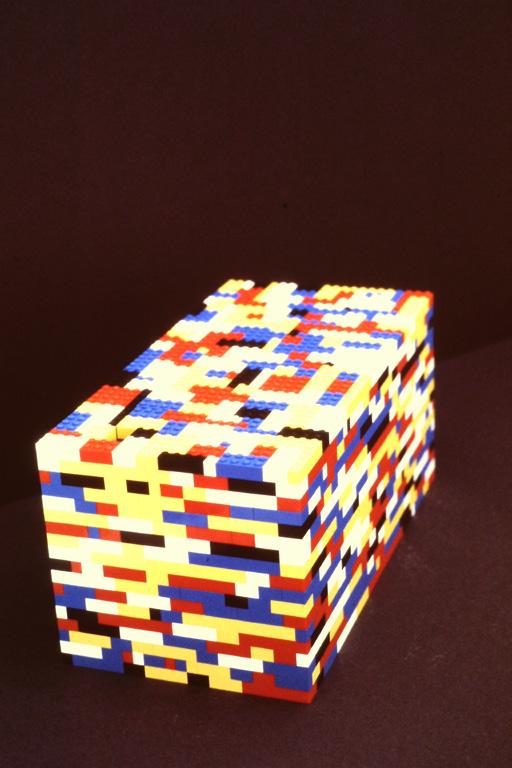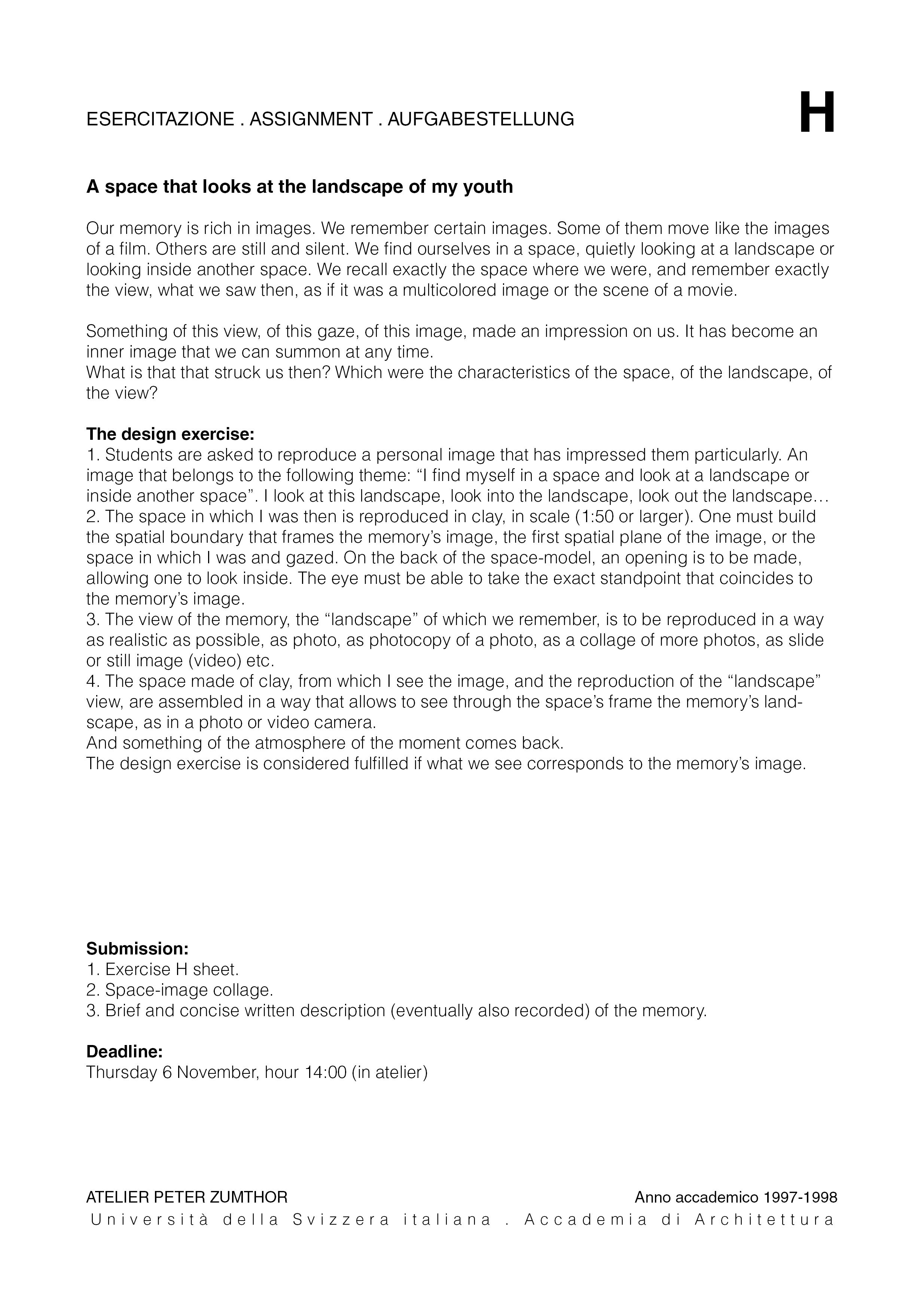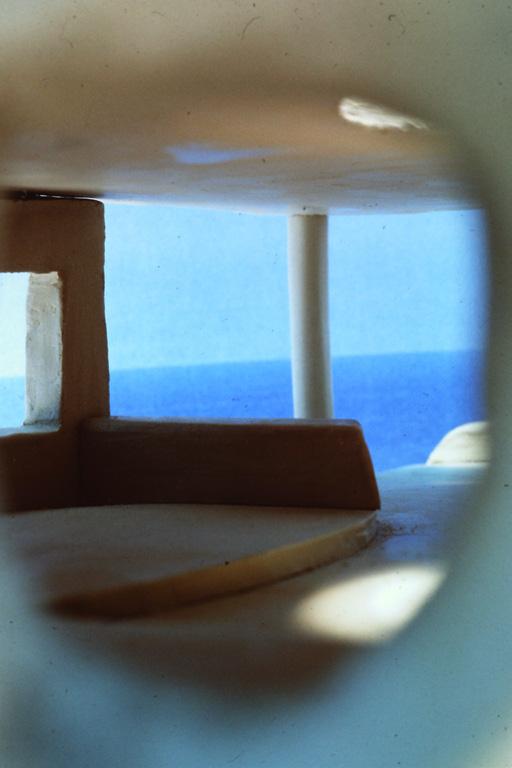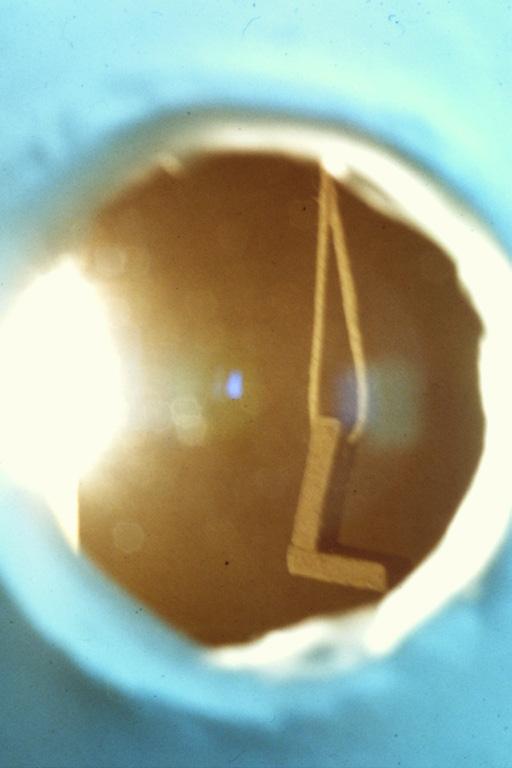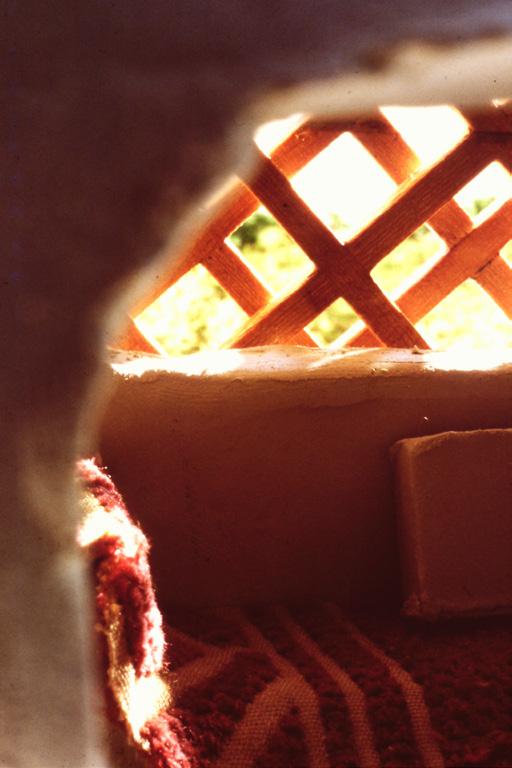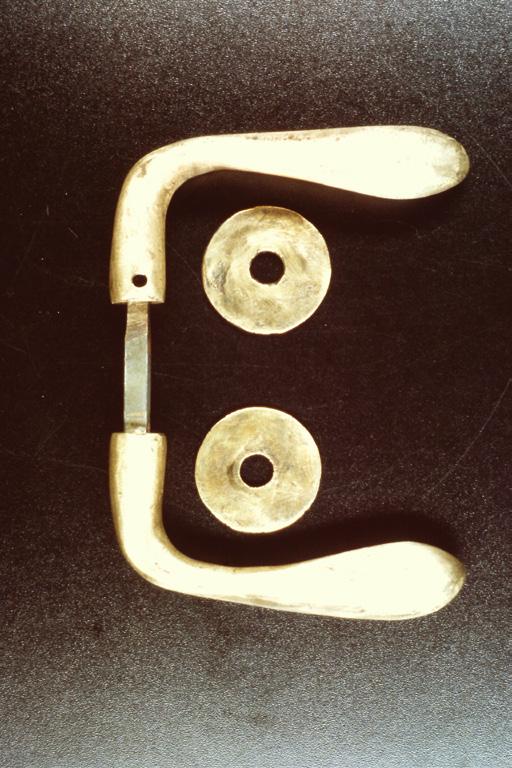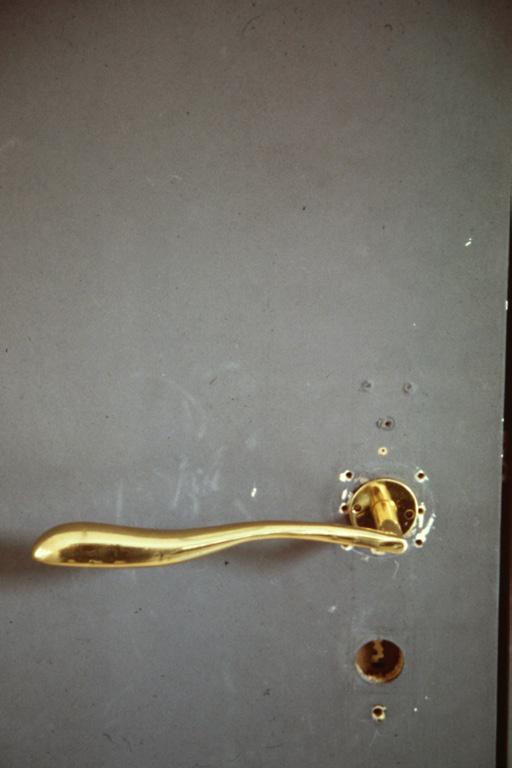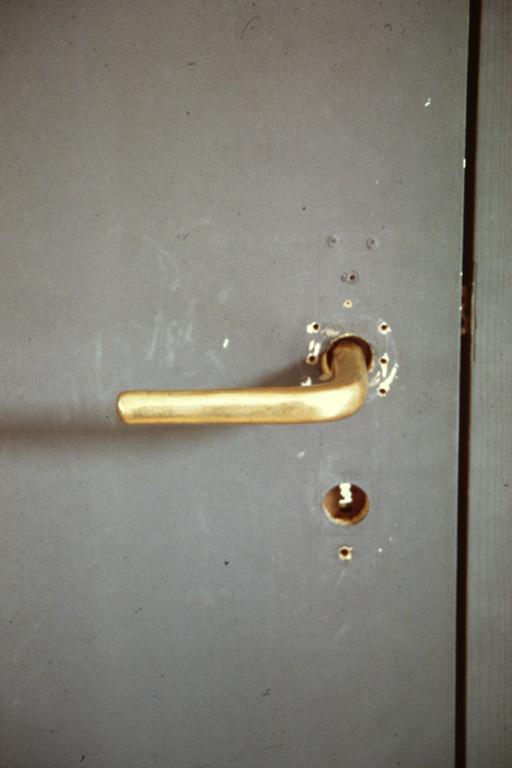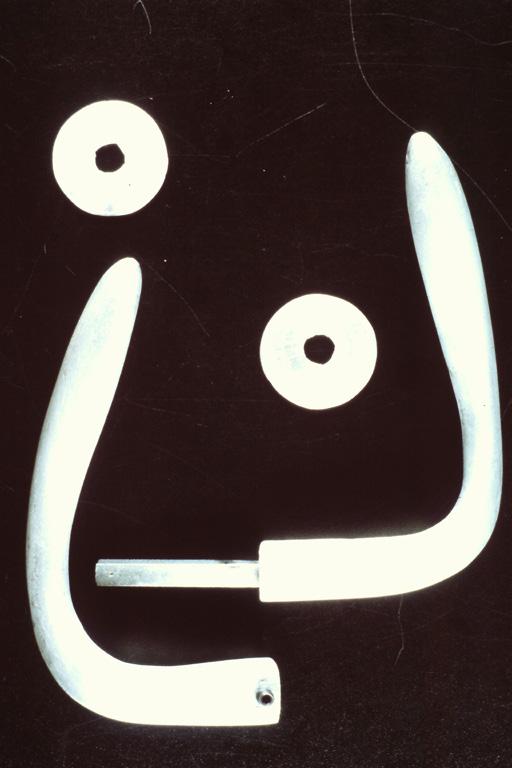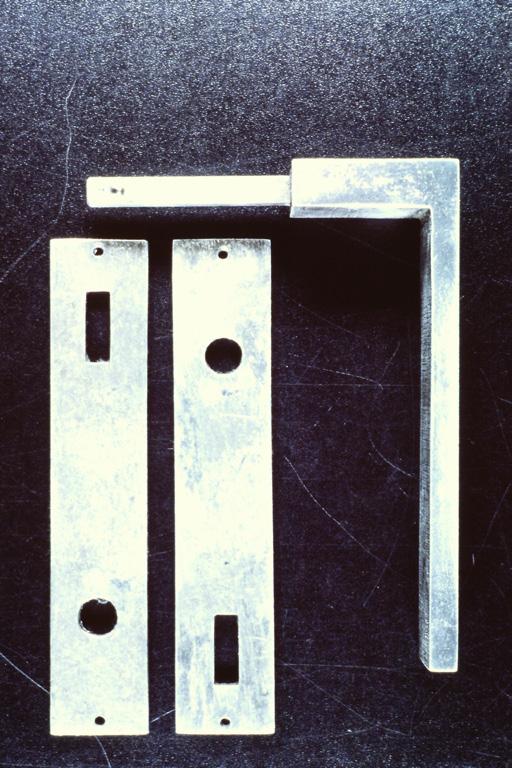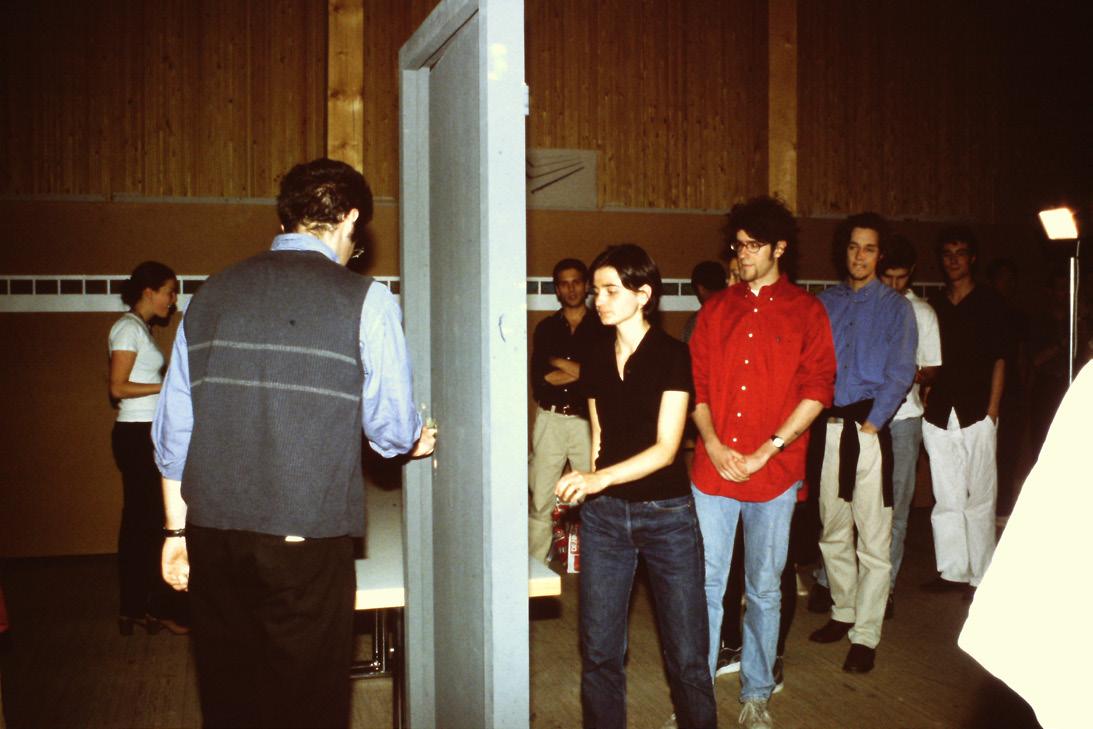Teaching Architecture: Peter Zumthor in Mendrisio
Book concept
Rafael Lorentz Quart Verlag
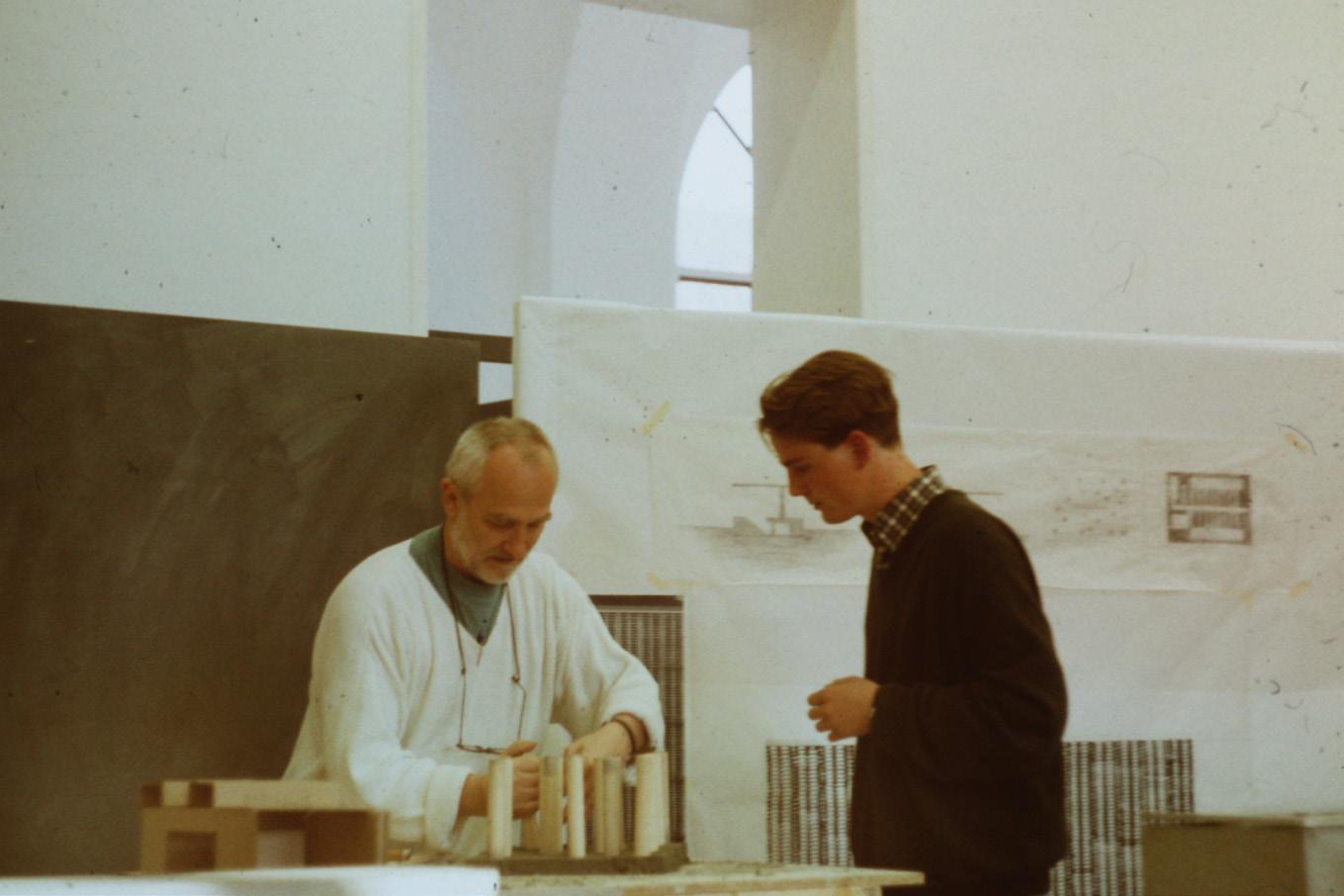
In the summer of 1996, the newly created Accademia di Architettura di Mendrisio invited Peter Zumthor to be the professor in charge of one of its first three design ateliers, sharing with Mario Botta and Aurelio Galfetti the task of setting the bases to the school’s approach to architectural training at the moment of its foundation. Born as part of the Università della Svizzera Italiana - Switzerland’s first Italian-speaking Universitythe Academy managed to translate the specific conditions of its beginning into a free space where teachers were granted absolute autonomy. In the case of Zumthor, such singular circumstances converged in the creation of a unique educational experience, designed as a continuous project spanning three years - 1996-97, 1997-98 and 1998-99 - and aimed at teaching first-year students the foundations of composition.
Referred to as Primo Anno, the course conceived by Zumthor presented some distinctive features. The most evident one is the unconventionality of its method. Based on a sequence of 19 exercises, the course applied an instrumentality not normally found in an architecture school. Another particularity is the fact that the course was planned as an experiment, meaning that its didactic structure was conceived as an open hypothesis, something that lent exercises an inevitable creative, inventive and reflexive character. Precisely due to the experimental nature of his Primo Anno, Zumthor - along with his assistants - undertook the task of building a meticulous archive registering all atelier activities. As a true instrument of critical reflection, the archive contained not only the record of student’s works, but also their assessment by teachers and the analysis on the exercise’s success or effectiveness as part of the planned pedagogy. The most intriguing fact about the experience of Atelier Zumthor, however, is the fact that it remains practically unknown, as precisely this thorough archive was lost and remained inaccessible for 30 years.
As part of a doctoral research, the archive of Atelier Zumthor was rediscovered in Mendrisio, bringing light to a seminal event that not only exposes the thinking of one of the most relevant architects of our time, but also helped to shape the identity of the Accademia itself. This book is centered around this event. It aims at communicating to a wider audience the facts and outcomes of this remarkable and highly influential didactic experiment, while also presenting a critical investigation of its contribution to architectural theory and education.
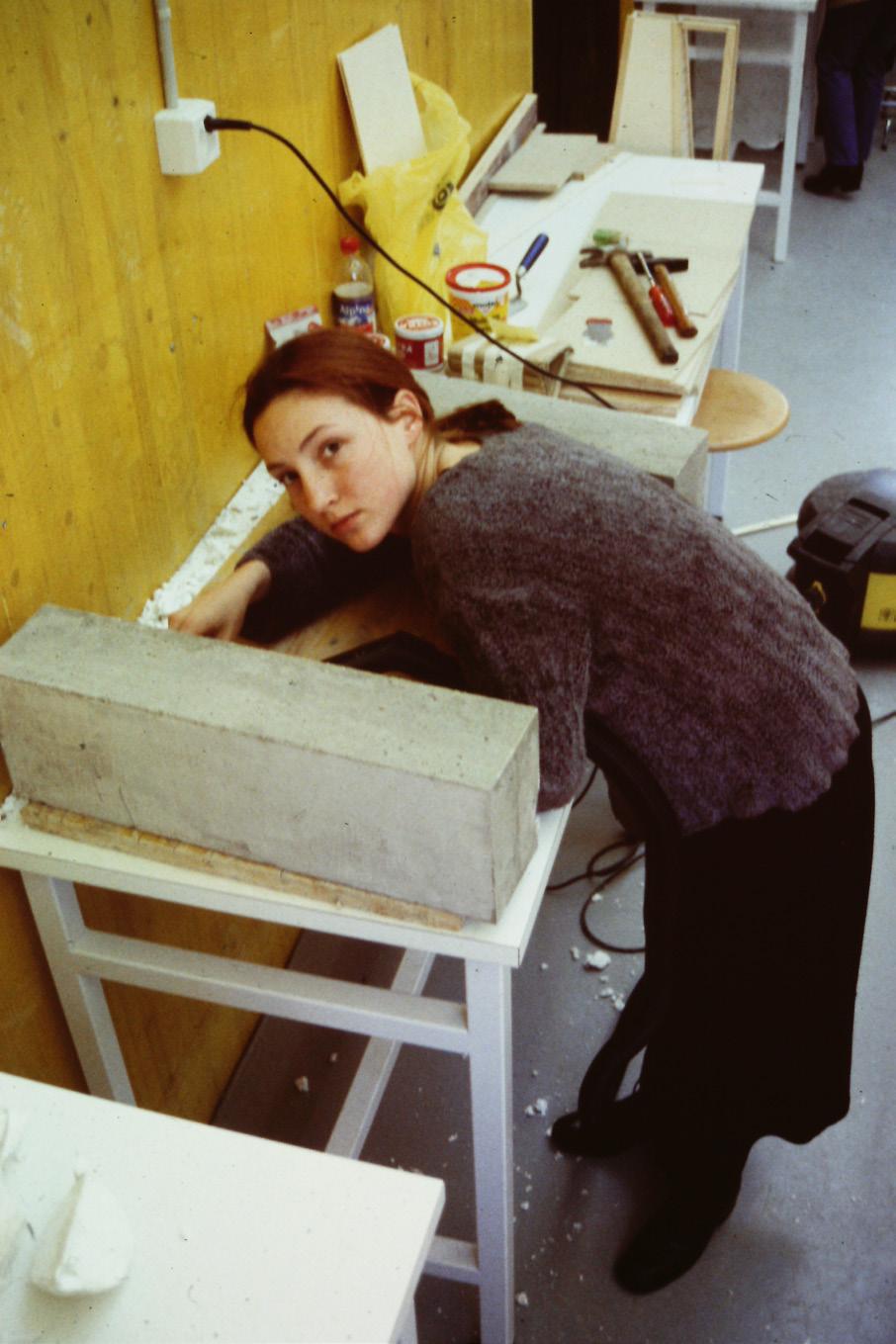
The book is based on a doctoral dissertation developed at the Accademia di Architettura di Mendrisio - USI in the field of architectural history and theory. Its structure is built around two main documentations stemming from this research.
The first one is the archive of Atelier Zumthor which, in turn, consists of three types of media. In paper form it contains letters, the assessment of student’s works and the critical evaluation of exercises, as well as handwritten notes and sketches. In the form of analogue slides, it contains over 4.000 photographs recording the outcomes of each exercise, as well as crits and events. In the form of models, only a few remnants remain available, as almost all physical objects were lost over time.
The second documentation is the oral history of interviews conducted along the research. Acting as a counterpoint to archival facts, the reports of Zumthor’s former students, assistants and colleagues offer a unique contribution to the accurate understanding of his Primo Anno.
As part of the book’s concept, both archive and interviews are taken as original sources and therefore presented to readers with no intermediate. In that sense, while the sequence of exercises represents the cornerstone of the book’s structure, interviews are thematically distributed in order to provide a clearer perception of facts.
Positioned between these documentations, narrative chapters - where the author’s voice is to be heard - act as a guiding thread to articulate the overall argumentation. ‘The Lost Archive’, an introductory chapter, tells the story of the archive and offers an overview of the book’s thematic, structure and goals. ‘Primo Anno’, an analytical chapter, presents the historical conditions from which Zumthor’s first-year course emerges and details its methodology. ‘The Foundations of Composition’, an interpretative chapter, poses the question of what are the key concepts being taught at the course, investigating their potential as a reading of Zumthor’s architecture. ‘Back to the Future’, a reflective chapter, looks back to the present and seeks to identify the course’s influence both on Zumthor’s work and on the Academy’s development.
The book’s conclusion is made by an interview with Peter Zumthor recorded in the spring of 2024 in his atelier in Haldenstein.

The lost archive
Introductory chapter
Interviews students
Stefanie Hitz - Mendrisio, 06.09.2019
Davide Scardua - Lugano, 13.09.2019
Nicolas Polli - Lugano, 13.09.2019
Primo Anno
Analytical chapter
Exercises A-S
Documentation chapter
Interviews assistants
Miguela Tamo - Basel, 24.09.2020
Pia Durisch - Massagno, 22.10.2020
The foundations of composition
Interpretative chapter
Interviews colleagues
Mario Botta - Mendrisio, 22.10.2020
Valentin Bearth - Chur, 18.11.2020
Manuel Aires Mateus - Lisbon, 14.03.2021
Back to the future
Reflective chapter
Interview Peter Zumthor Haldenstein, 18.04.2024

1996-97
A. The personal construction module
B. 100 steps for a blind
C. An indirect-lighting lamp
D. The aroma and fragrance street
E. Nature, street, house + 1
F. In situ
G. An intervention on place in 1:1 scale
1997-98
H. A space that looks at the landscape of my youth
I. A window for my friends, to read by the light of the lake
J. Blue Reflections
K. The typical space
L. Prototype of a door handle
M. A tableau vivant in Laveno
N. Questioning architecture
1998-99
O. A miniature
P. After work in the silver mine
Q. The love for things, after work in the silver mine
R. Intermediate exercise
S. Monks, refugees, abandoned animals + seven stones



